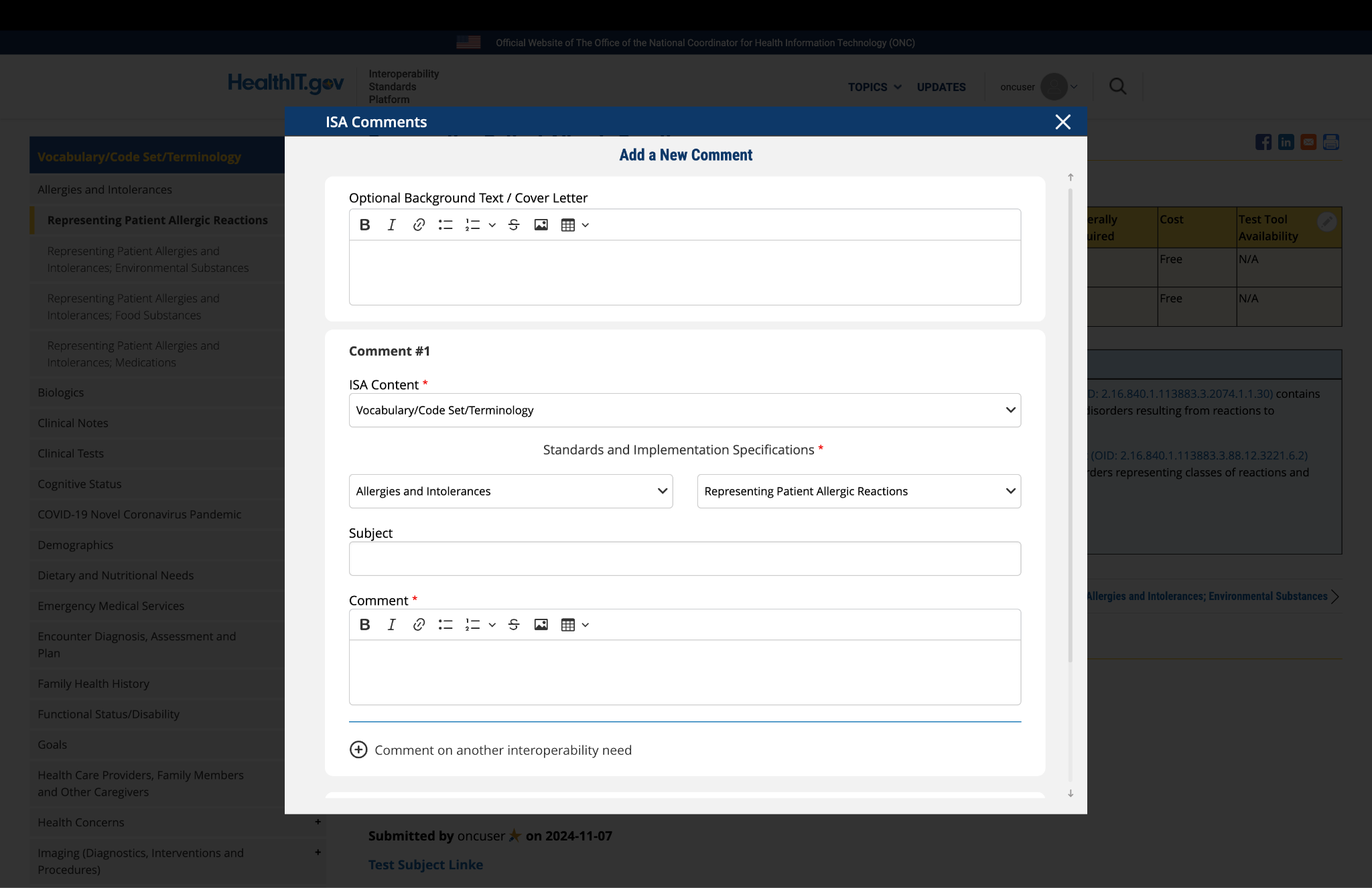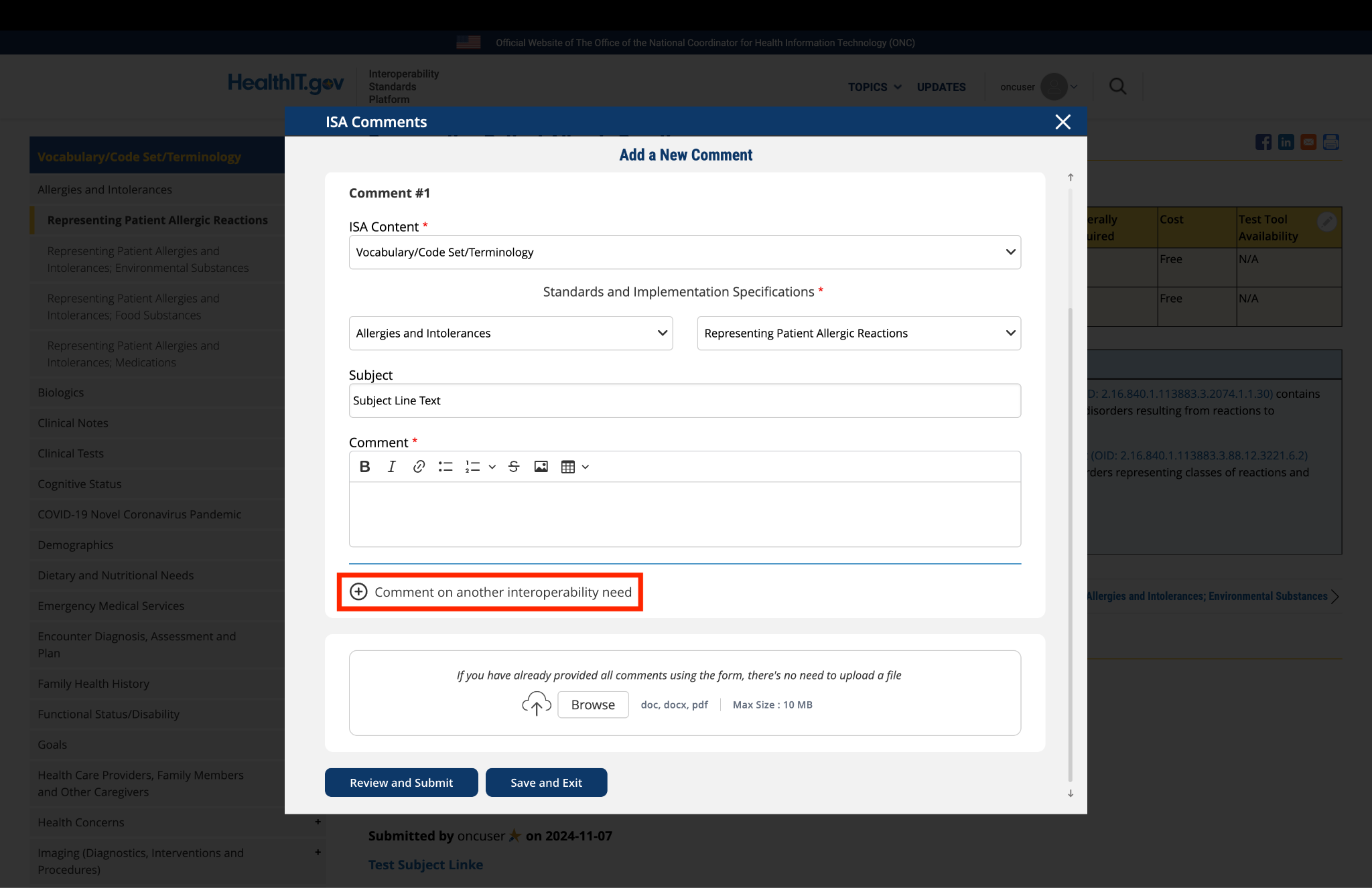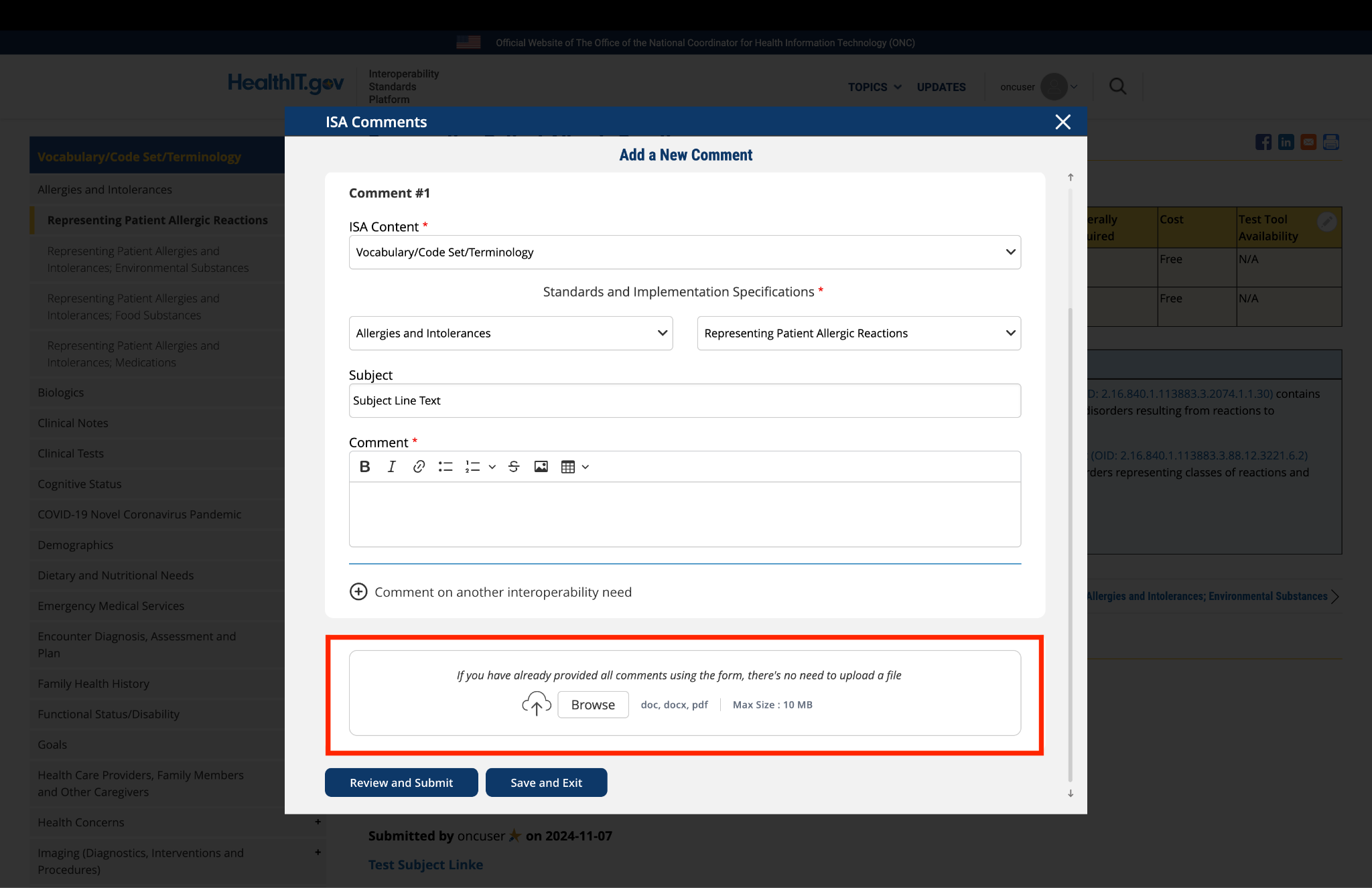| Type | Standard / Implementation Specification | Standards Process Maturity | Implementation Maturity | Adoption Level | Federally required | Cost | Test Tool Availability |
|---|---|---|---|---|---|---|---|
|
Standard for observations
|
Final
|
Production
|
No
|
Free
|
N/A
|
||
|
Standard for observation values
|
Final
|
Production
|
No
|
Free
|
N/A
|
| Limitations, Dependencies, and Preconditions for Consideration |
Applicable Value Set(s) and Starter Set(s)
|
|---|---|
|
|
Comment
Submitted by chris.baumgart… on
WA State Department of Health Tobacco/Smoking/Vaping Comments
In 2018, e-cigarette products with nicotine concentrations of five percent or greater comprised approximately two-thirds of the e-cigarette market, while zero-nicotine products accounted for less than one percent.[1] To more accurately assess nicotine intake and potential nicotine dependence among patients, Washington State Department of Health recommends distinguishing e-cigarette use by nicotine concentration, rather than e-cigarette liquid with nicotine versus e-cigarette liquid without nicotine. Additionally, Washington State Department of Health concurs with the recommendation submitted on September 19, 2018 by Dr. Michael Fiore and Robert Adsit to implement non-overlapping values for smoking status.
[1] Romberg AR, Miller Lo EJ, Cuccia AF, Willet JG, Xiao H, Hair EC . . . King BA (2019). Patterns of nicotine concentrations in electronic cigarettes sold in the United States, 2013-2018, Drug and Alcohol Dependence, 203, 1-7. doi:10.1016/j.drugalcdep.2019.05.029.
Submitted by pwilson@ncpdp.org on
NCPDP Comments
Modify NCPDP SCRIPT Standard, Implementation Guide, Version 2017071 Adoption Level to 5.
Submitted by Spruitt ![]() on
on
Removed Reference
Removed “See LOINC projects in the Interoperability Proving Ground” since LOINC has been removed from the Standards in this section.
Submitted by pwilson@ncpdp.org on
NCPDP Comment
- Substance use fields are available in NCPDP SCRIPT Standard Version 2017071 to allow tobacco use information to be transmitted via SNOMED codes
- Add the following:
Type-Implementation Specification
Standard Implementation/Specification- NCPDP SCRIPT Standard, Implementation Guide, Version 2017071
Standards Process Maturity – Final
Implementation Maturity- Production
Adoption Level – 1
Federally Required – Yes
Cost – $
Test Tool Availability – Yes
- Include Test Tool Link: https://tools.ncpdp.org/erx/#/home








Submitted by chris.baumgart… on
WA State Department of Health Tobacco/Smoking/Vaping Comments
In 2018, e-cigarette products with nicotine concentrations of five percent or greater comprised approximately two-thirds of the e-cigarette market, while zero-nicotine products accounted for less than one percent.[1] To more accurately assess nicotine intake and potential nicotine dependence among patients, Washington State Department of Health recommends distinguishing e-cigarette use by nicotine concentration, rather than e-cigarette liquid with nicotine versus e-cigarette liquid without nicotine. Additionally, Washington State Department of Health concurs with the recommendation submitted on September 19, 2018 by Dr. Michael Fiore and Robert Adsit to implement non-overlapping values for smoking status. [1] Romberg AR, Miller Lo EJ, Cuccia AF, Willet JG, Xiao H, Hair EC . . . King BA (2019). Patterns of nicotine concentrations in electronic cigarettes sold in the United States, 2013-2018, Drug and Alcohol Dependence, 203, 1-7. doi:10.1016/j.drugalcdep.2019.05.029.